Chemistry
Sign up for our newsletter
We summarize the week's scientific breakthroughs every Thursday.
-
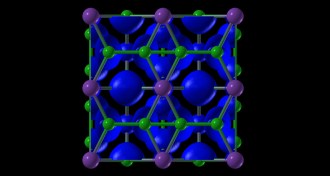 Chemistry
ChemistrySalt spices up chemistry
Hot, compressed sodium chloride stretches the fundamental rules of matter.
By Beth Mole -
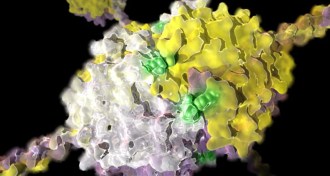 Chemistry
ChemistryAncient bond holds life together, literally
The chemical link between sulfur and nitrogen in animal tissues and organs may have sparked the assembly of single cells into complex animals.
By Beth Mole -
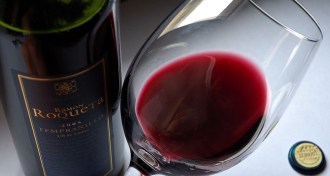 Chemistry
ChemistryKeeping wine fine for a longer time
Trace metals in wine can be oxidized, producing browning and a nasty smell. A new study shows how we might be able to keep wine fine using chelators. The catch? You may not be able to drink it.
-
 Life
LifeTo cook up life, just add citrate
The theory that RNA spawned the first organisms gets a boost from a common compound.
By Sam Lemonick -
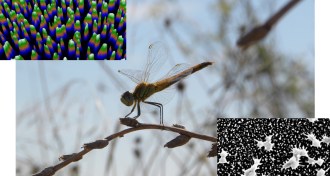 Materials Science
Materials ScienceMaterial inspired by dragonfly wings bursts bacteria
Silicon studded with nanostructures could act as antimicrobial coating on medical devices.
By Beth Mole -
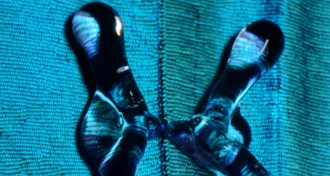 Chemistry
ChemistryHow butterflies stay dry
Slightly bumpy surfaces reduce water drops’ contact time.
By Meghan Rosen -
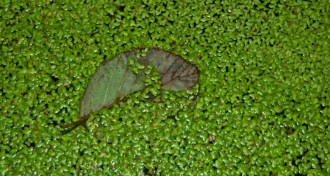 Chemistry
ChemistryWhy death smells so deadly
Pinning down animals' odor detectors gives researchers a way to study aversion or attraction to certain objects. And understanding how these behavioral responses work will help researchers clarify why humans feel disgust.
-
 Materials Science
Materials ScienceQingsongite
This newly christened mineral has an atomic structure that’s similar to diamond and nearly as hard.
-
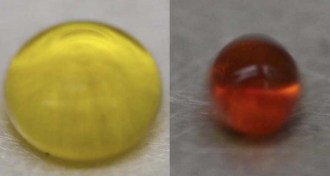 Chemistry
ChemistryFloating beads of water act as tiny test tubes
Chemists exploit pH and ion charge in superheated water drops to create nanoparticles.
By Beth Mole -
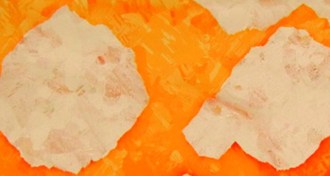 Chemistry
ChemistryOxygen shapes growth of graphene
The number of atoms on a copper surface changes the size and rate of the material's crystal development.
-
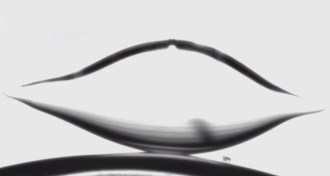 Chemistry
ChemistryWater squishes into stable shapes, no container required
Nanoparticles lock together to hold water in place for more than a month.
By Beth Mole -
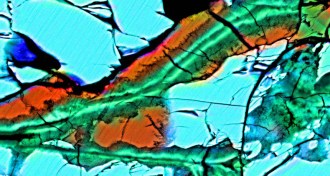 Planetary Science
Planetary ScienceCarbonation may have grounded Mars’ atmosphere
The chemical interaction could have forced Red Planet’s atmospheric carbon dioxide into the dirt.